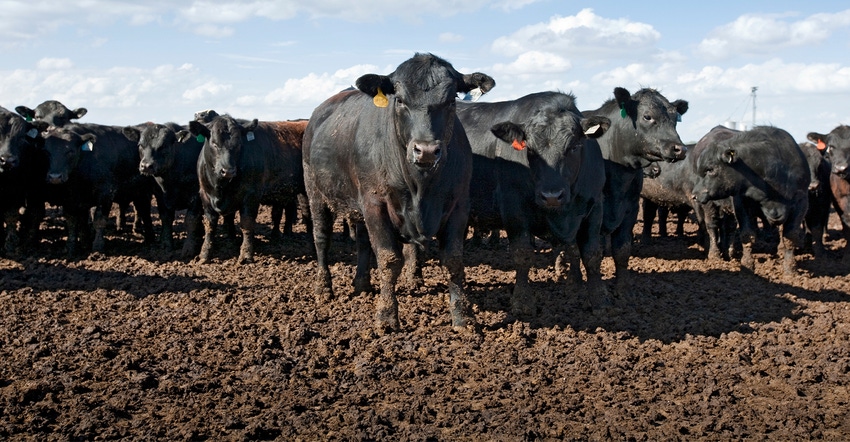August 28, 2019

Anthrax has been confirmed in North Dakota. The case, discovered in eastern Billings County, was confirmed by the North Dakota State University Veterinary Diagnostic Laboratory based on blood and tissue samples submitted by a veterinarian with Cross County Veterinary Service in Dickinson.
“Producers in past known affected areas and counties should consult with their veterinarians to make sure the vaccination schedule for their animals is current,” says Susan Keller, North Dakota state veterinarian. “Producers in Billings County and surrounding areas should confer with their veterinarians to determine if initiating first-time vaccinations against anthrax is warranted for their cattle at this time.”
Effective anthrax vaccines are readily available, but it takes about a week for immunity to be established, and it must be administered annually for continued protection. Producers should monitor their herds for unexplained deaths and report them to their veterinarians.
Anthrax has been most frequently reported in northeast, southeast and south-central North Dakota, but it has been found in almost every part of the state.
“Scattered heavy rain in that area may have contributed to the disease occurrence in that pasture,” Keller says.
A few anthrax cases are reported in North Dakota almost every year. In 2005, however, more than 500 confirmed deaths from anthrax were reported with total losses estimated at more than 1,000 head. The animals impacted included cattle, bison, horses, sheep, llamas and farmed deer and elk.
No cases of anthrax were reported in North Dakota in 2016, one case was reported in 2017 and none were reported in 2018.
Anthrax is caused by the bacteria Bacillus anthracis. The bacterial spores can lie dormant in the ground for decades and become active under ideal conditions, such as heavy rainfall, flooding and drought. Animals are exposed to the disease when they graze or consume forage or water contaminated with the spores. Biting insect control is also advised in affected pastures and neighboring areas.
For more information, see the North Dakota Department of Agriculture’s anthrax fact sheet at nd.gov/ndda/disease/anthrax or call the state veterinarian’s office at 701-328-2655.
You May Also Like




